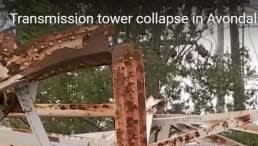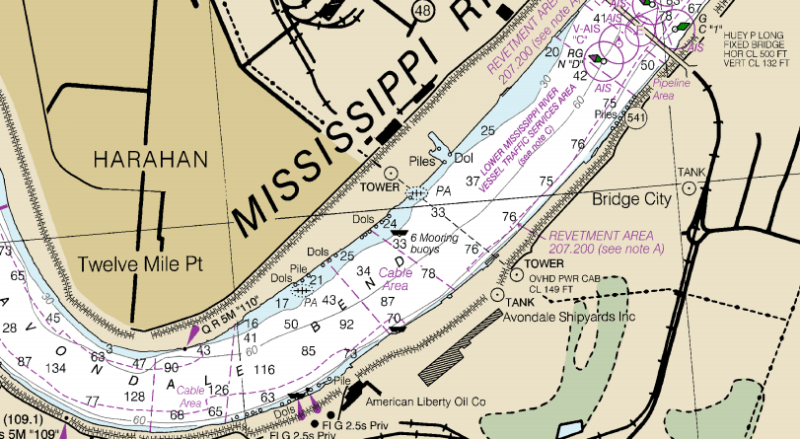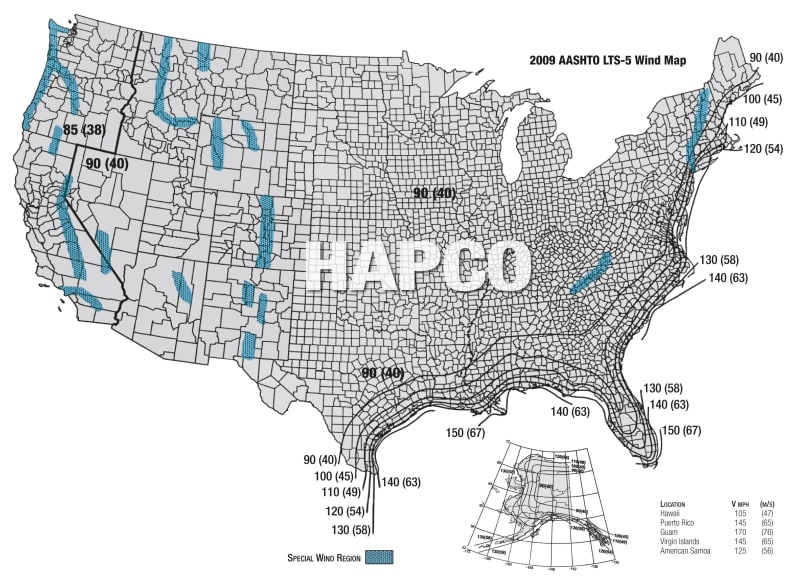Mbrooke
Electrical
- Nov 12, 2012
- 2,546
A major transmission tower structure appears to have collapsed into the Mississippi river blacking out all of New Orleans/Orleans Parish:
Reports indicate this to have been a vital power path-
A statement from Entergy says they lost 8 transmission lines which resulted in an energy imbalance causing local generation to trip off line:
Any more info welcome, as well as thoughts on what may have gone wrong and how to prevent this in the future.
As of right now I scouring the net for any more updates or information.
Edit: I am now hearing that possibly all generating stations on South East Louisiana have come off line. No power generation in that entire portion of the state.
Reports indicate this to have been a vital power path-
A statement from Entergy says they lost 8 transmission lines which resulted in an energy imbalance causing local generation to trip off line:
Any more info welcome, as well as thoughts on what may have gone wrong and how to prevent this in the future.
As of right now I scouring the net for any more updates or information.
Edit: I am now hearing that possibly all generating stations on South East Louisiana have come off line. No power generation in that entire portion of the state.




